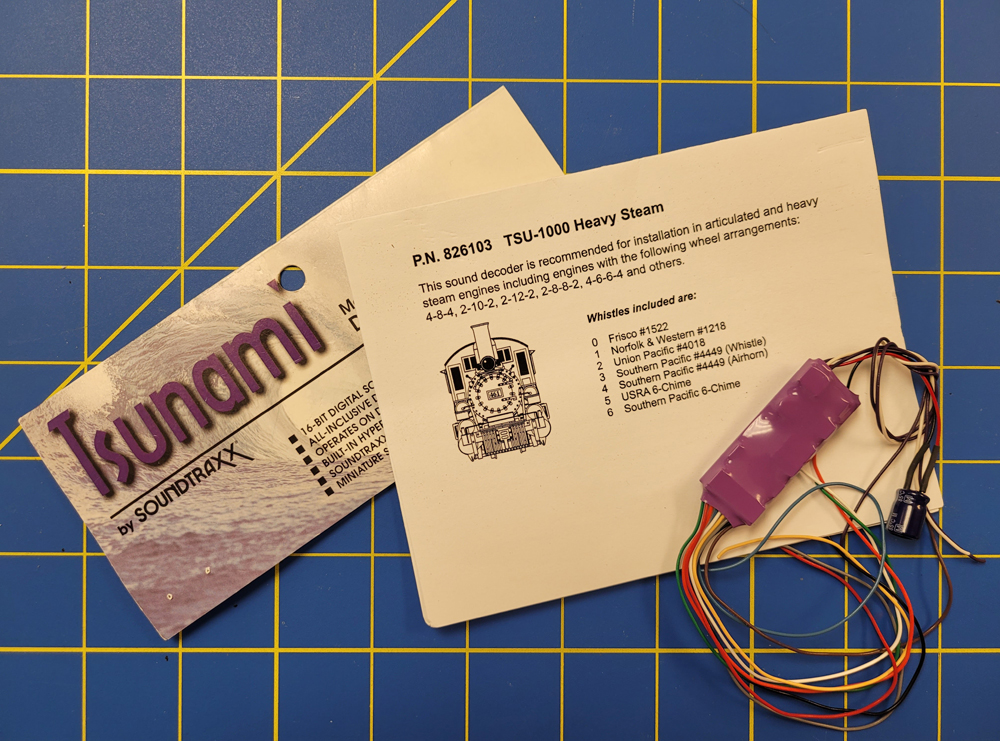
What are DCC sound decoders? Well, to put it briefly: A sound decoder is a computer on a chip that receives and interprets signals sent from the DCC base station and puts out an analog signal that makes an attached speaker produce the sound desired. There’s more to DCC sound decoders, though. There are two […]
Read More…
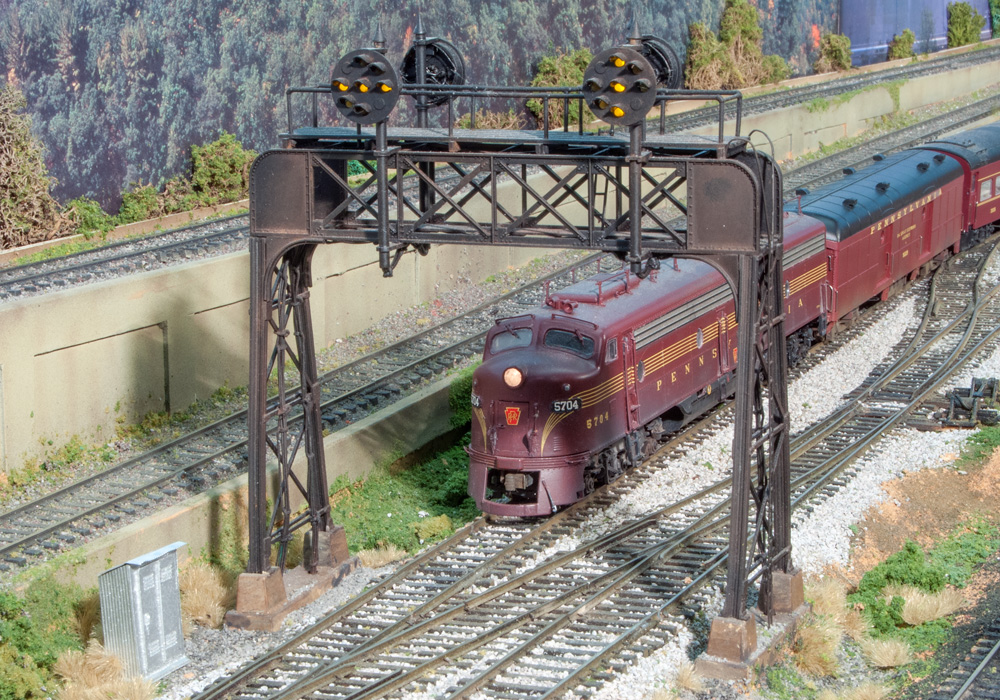
Unless you model a short line or branch line that owns only one locomotive, your layout probably needs some kind of model railroad signals. Signals are used to convey information to an engineer about the block of track ahead: whether it’s safe to enter, whether it’s occupied by another train, and how fast it can […]
Read More…
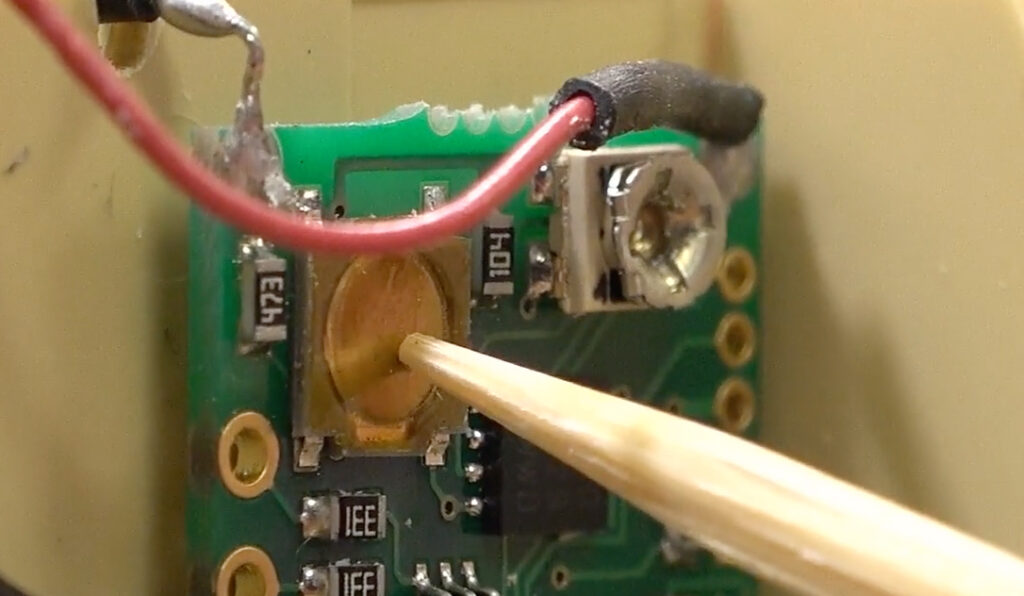
Passenger car lighting with a decoder: People have been installing light-emitting diodes (LEDs) inside passenger cars for years. It’s nothing new. There are plenty of articles written about it, but I wanted to go further. When operating my trains in the yard, I want the lights in my passenger car to be off, but when […]
Read More…
Q: I’m building a new layout using Kato HO scale Unitrack. I have read many different opinions on whether to solder all track joints. What’s the best practice? Some say that using terminal joiners on Kato Unitrack for connection to the DCC bus is OK, while others say they’re unreliable. I use terminal joiners every […]
Read More…

7 tips for installing decoders: I don’t know about you, but I have far less hobby time than I would like, so I need to spend what time I do have wisely. Installing Digital Command Control (DCC) decoders isn’t one of those projects I look forward to doing, but it’s a necessary task for operating […]
Read More…

Track buses for Digital Command Control: Layouts wired for direct-current block control have several isolated track sections called blocks. Each block has an electrical switch that controls which DC throttle powers that track section. In theory, a Digital Command Control (DCC) layout could be wired as one large block with two wires feeding the power […]
Read More…
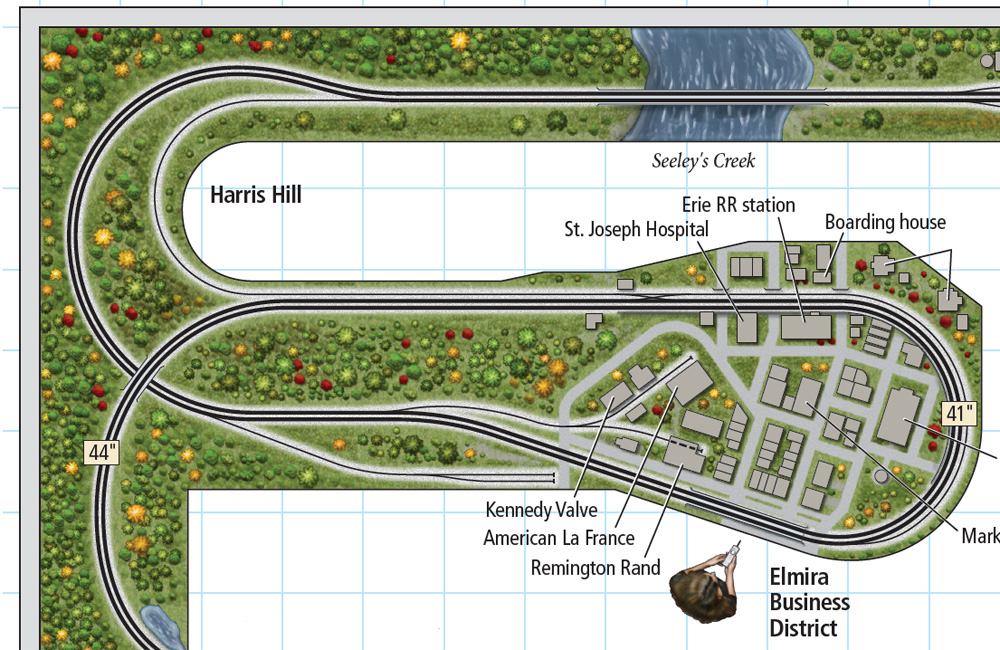
Q: I’m planning a reversing loop on my layout. Must isolated sidings inside a reversing loop be part of the reversing section? Or can they be part of the main power bus? – R. John Kohlbrand A: There are three potential ways to wire up separate sidings and spurs that connect to a reversing section […]
Read More…
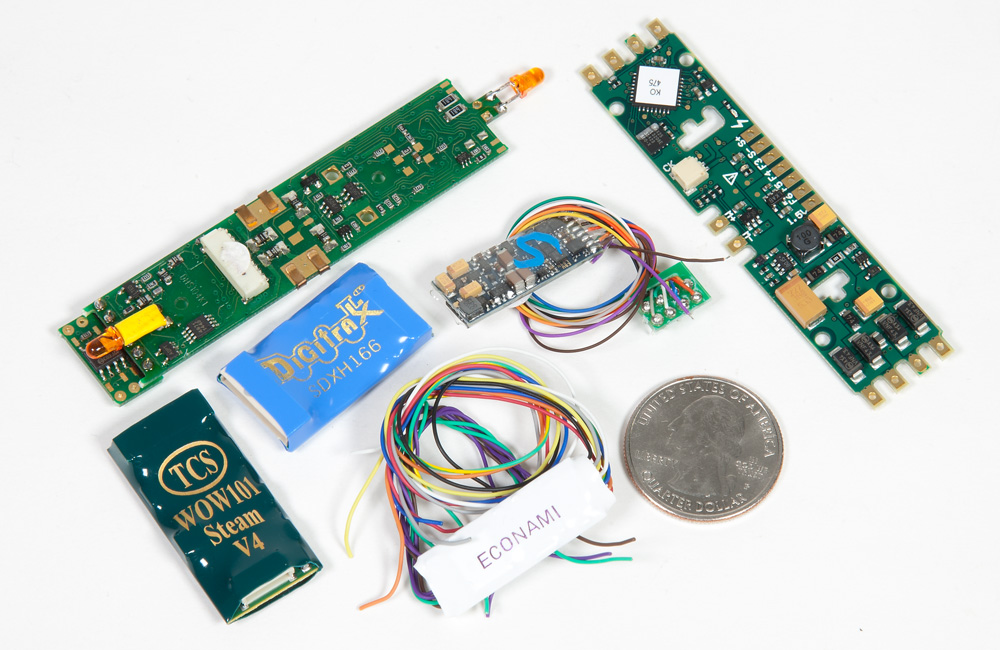
Q: I would like to add a speaker to a decoder in my Atlas locomotive. But I plan to run it on a DC analog system. Can I still put the speaker on or can I not? – Zachary Chevalier A: There are such things as motor-only and function-only DCC decoders, so to know if yours […]
Read More…
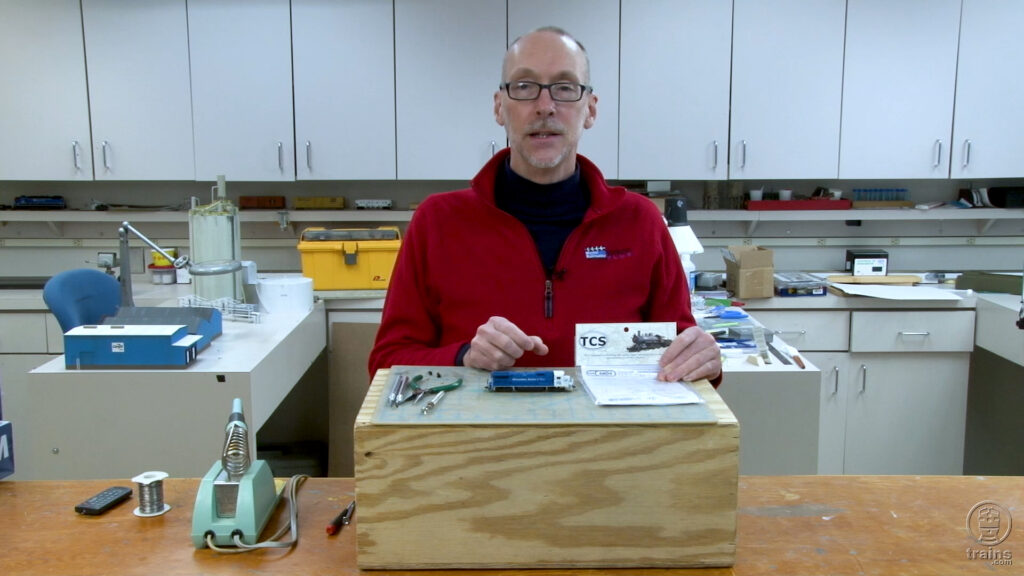
DCC install for n scale | As the crew nears completion of the State Line Route N scale (1:160) model railroad, it’s time to get the locomotives ready to run. In this episode, David Popp shares how to install a Train Control Systems (TCS) AMD4 DCC decoder into an N scale Atlas diesel locomotive. Follow […]
Read More…
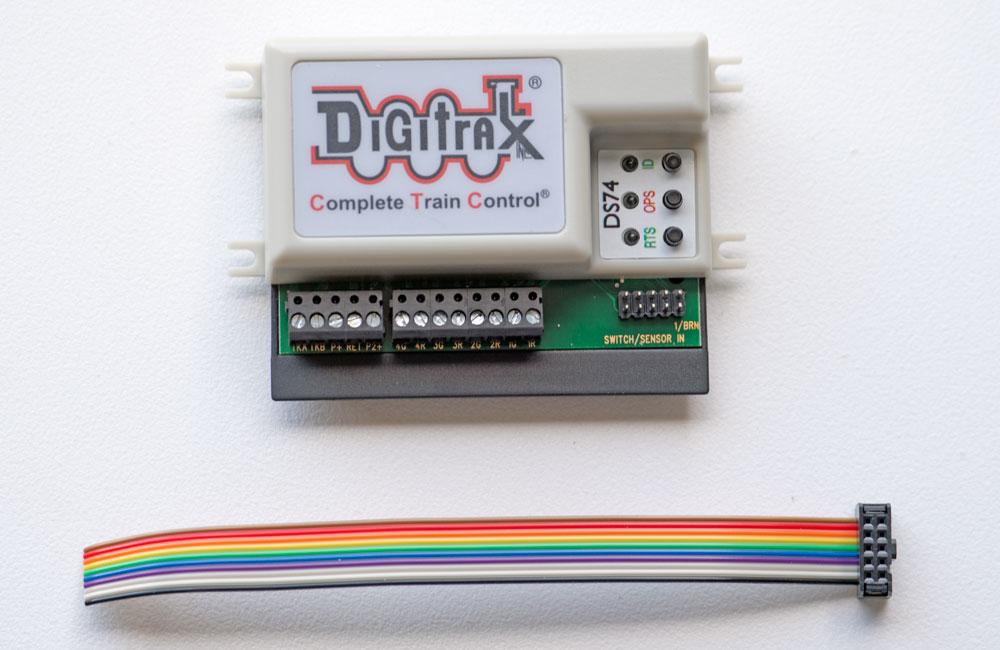
I’ve wired a number of control panels for clubs. Control panels stick out into aisles and therefore need to be rugged. Control panels also take a good amount of time to wire. If you make a change in your track, modifying the panel to reflect the change can be difficult. I’ve always liked being able […]
Read More…
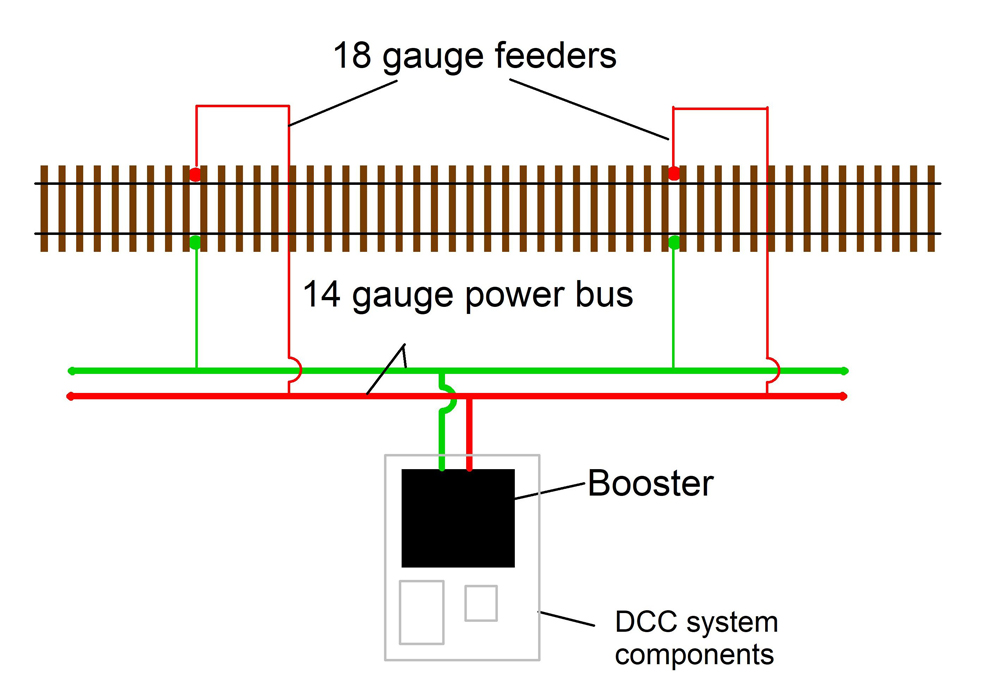
There is probably no other aspect of our hobby that creates more anxiety and confusion for newcomers than wiring. When you’re starting at absolute ground zero on the learning curve it can be daunting at times. However, at the most basic level, what we’re trying to do is get electricity from a power source to […]
Read More…
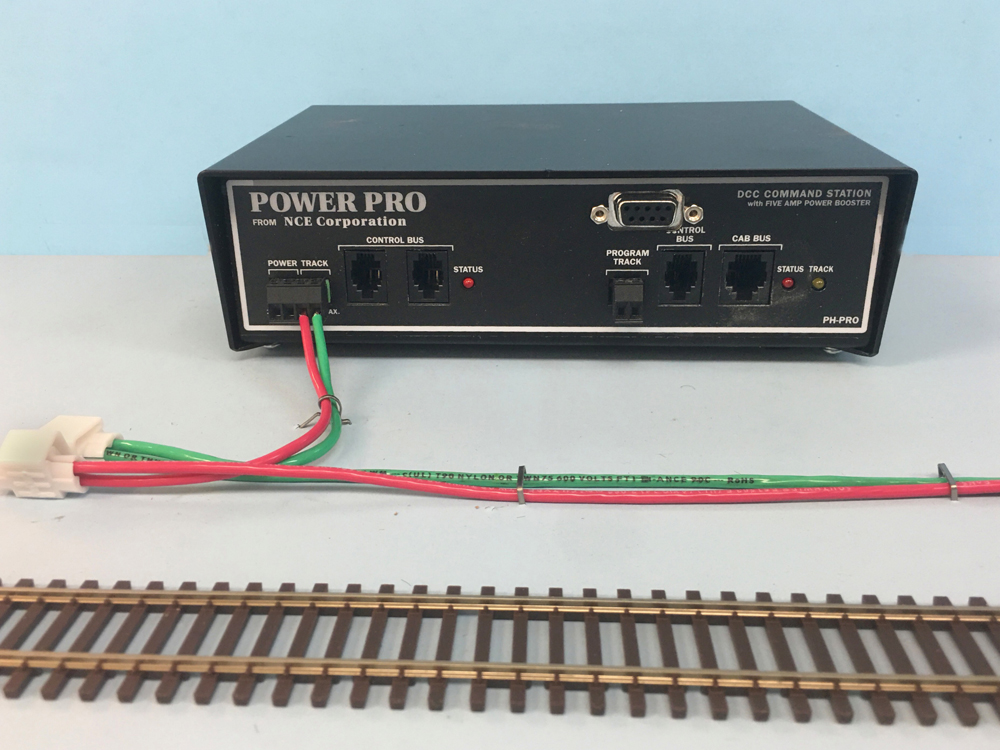
Track wiring your model railroad layout can be daunting, especially for beginners to the hobby. In order to help those looking to start, here’s a review of the bare-bones basics of wiring your layout that will help you get your trains up and running as quickly as possible. Run the wire bus roughly beneath the […]
Read More…











